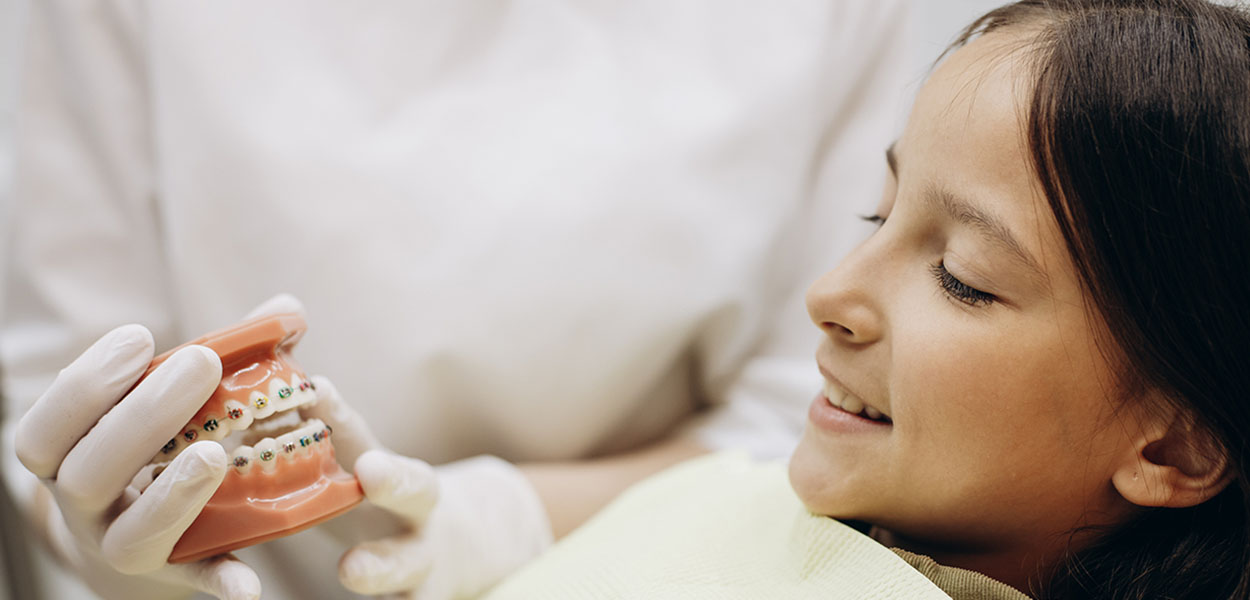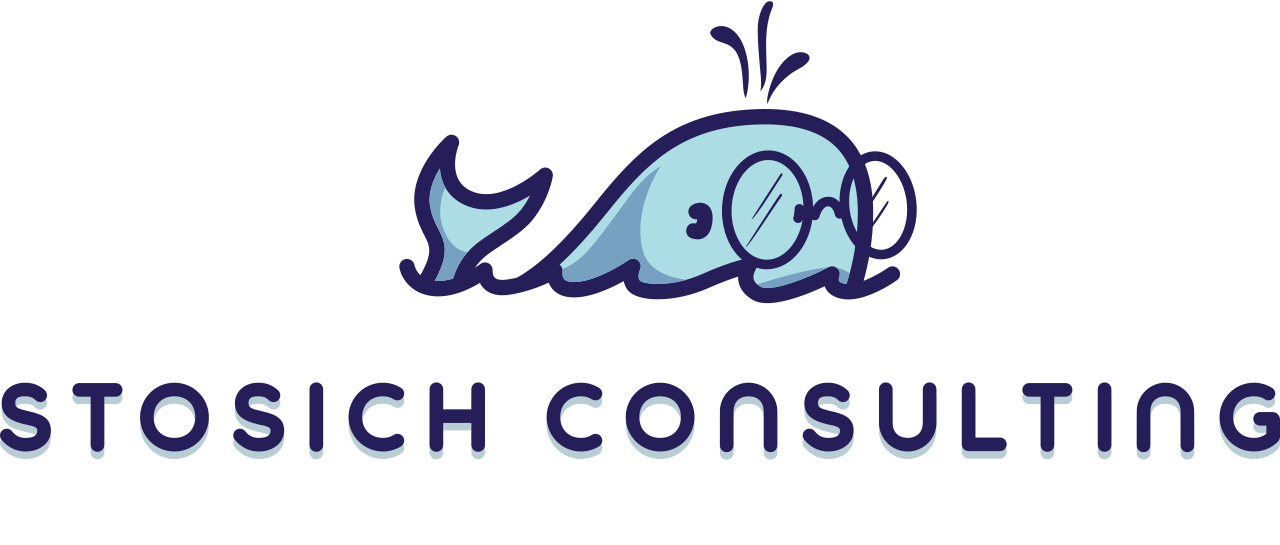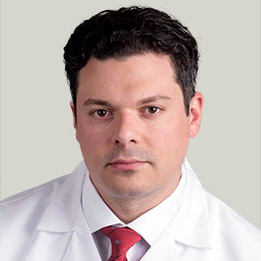Four Orthodontic Problems Best Corrected Early

GRAYSLAKE, ILLINOIS – As a parent, you want what’s best for your child. That includes a healthy and beautiful smile.
Dr. Michael Stosich says there are four orthodontic problems that are most easily corrected at a young age, making it easier (and sometimes cheaper) for you to give your child that confident, healthy smile:
- Protruding teeth
- Crossbites
- Poorly developed jaws
- Severe crowding
Early orthodontic care can reduce or even eliminate the need for surgery in the future in some cases, such as underbite correction.
When children are young, their growth spurt can be used to make orthodontic treatment more manageable. Jaw and teeth growth can be guided with orthodontic devices such as headgear, palatal expanders and braces designed for children and teens.
“By bringing your child in for evaluation at an early age, we are able to assess and treat problems with minimally invasive orthodontics designed specifically for your growing child,” says Dr. Stosich, an orthodontist in Gurnee.
Your child’s facial features and teeth are like clay in an orthodontist’s hands. While they are growing, their features can be reshaped into better form. As they age and their bones mature, it becomes harder to fix problems without extreme measures.
Protruding Teeth
The first step toward correcting this early is identifying poor oral habits that may cause teeth to protrude, such as:
- Sucking the thumb or fingers
- Nail biting
- Chewing on pencils
- Chronically pushing the tongue against the back of the teeth
The American Association of Orthodontists advises parents to take their child for an orthodontic evaluation by age 7 or at the first sign of a problem. For example, Dr. Stosich can install a device that takes away the pleasant sensation of thumb sucking if this habit proves difficult to break.
After stopping the habit that’s causing the teeth to protrude, Dr. Stosich may fit your child with a retainer or headgear to correct the issue as the teeth grow.
Crossbite
A crossbite almost never corrects itself, so orthodontic treatment is a given, says the Grayslake orthodontics expert. Treatment sometimes involves using a palatal expander.
“This is one malocclusion where we truly use a child’s growth to our benefit,” Dr. Stosich says.
There is a suture- or natural division- in the bones of the palate. These bones, when separated in a child, will grow together again in the desired position with the use of an expander.
Poorly Developed Lower Jaw
A variety of appliances is used to correct a lower jaw that must be set back or brought forward. Those include the palatal expander, face bow, head cap and reverse-pull headgear.
Sometimes expanding the upper palate makes it possible for the upper teeth to rest in front of the lower teeth, while other times, it’s necessary to direct the lower jaw’s growth.
“Determining the course of action is done after a comprehensive evaluation,” says Dr. Stosich an orthodontist who offers affordable braces in Gurnee and Grayslake.
Particularly in cases of underbite, early treatment is beneficial because it prevents the need for invasive surgery in the future.
Severe Crowding
Sometimes it’s as simple as removing some baby teeth to make room for the adult teeth. Other times, we may use plastic or metal space maintainers to prevent surrounding teeth from moving into open spaces created when teeth are pulled or lost due to trauma.
Orthodontic appliances can be used align the crowded teeth and can develop more space in your child’s mouth to make room for the rest of the permanent teeth to erupt in better position.
“If it appears your child has any of these problems, I recommend making an appointment for an evaluation,” says Dr. Stosich, who also is an Invisalign Teen provider.


